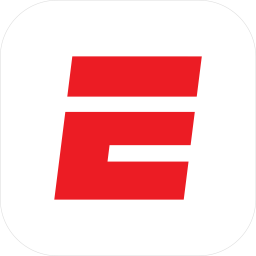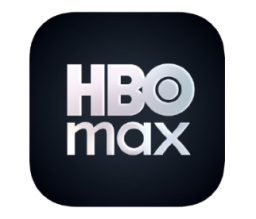Tech
Hockey season is here: Heres how to watch every NHL game this season
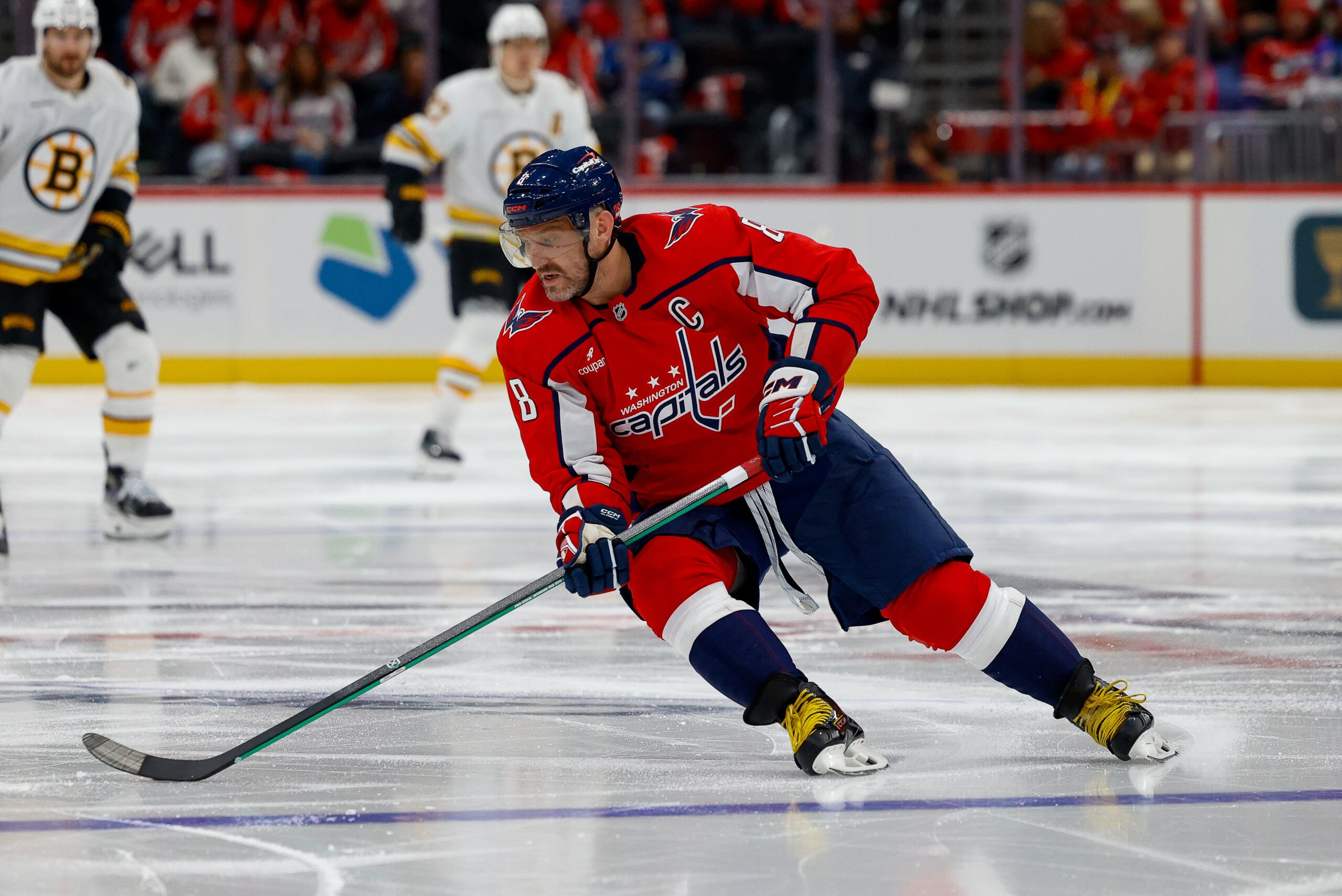
ESPN Unlimited annual plan
(save $59.89)

HBO Max Standard annual plan
(save $33.89)
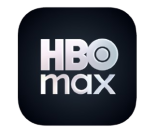
Sling TV Orange Season Pass
(save $30.95 )

ESPN Select (formerly ESPN+) annual plan
(save $23.89)

Another hockey season is upon us, which means it's time once again to figure out how to watch your favorite NHL team. And fair warning: it's not easy. We recently estimated that it would cost over $800 and 11 different streaming services to watch every NFL football game this season. The NHL streaming situation isn't that bad, but it's not great.
Every year, watching live sports get more and more difficult for those without cable (and even those with cable). But lucky for you, we've done some of the dirty work for you to make your life a little bit easier. Hockey season is stressful enough without having to figure out how to watch the next game.
Behold, the ultimate guide to watching every NHL game in the 2025-2026 season.
When does hockey season start?
The 2025-2026 NHL season opened on Oct. 7 with a triple header, including the Stanley Cup-winning Florida Panthers raising their banner. The regular season runs through April 16, 2026, but thanks to the 2026 Winter Olympics in Milan, Italy, there will be almost a month-long break in February. You can check out the full schedule on the official NHL website.
What channels are the NHL games on?
If you have cable or access to a cable login, live games will air on the ESPN/ESPN2/ABC family of networks, TNT/truTV/TBS family of networks, NHL Network, and regional sports networks throughout the season. If you don't have cable, you'll need a streaming service or two to catch live games (more on that below).
Check out the official schedule on NHL.com to find out which channel to tune into for specific games.
How can I watch NHL games without cable?
Here's where things get complicated. If you don't have cable access or a cable login, you'll need at least one streaming service to catch NHL games live. Let's start with the easy part: national broadcasts. Nationally broadcast games will either be on ESPN's family of networks, TNT's family of networks, NHL Network, or ESPN+ (now ESPN Select). Here's a breakdown of their streaming counterparts.
-
ESPN+ Broadcasts: Stream with ESPN Select or Hulu
-
TNT Broadcasts: Stream on HBO Max
-
ESPN Broadcasts: Stream with ESPN Unlimited
-
ABC Broadcasts: Stream with ESPN Select or ESPN Unlimited
-
NHL Network Broadcasts: no streaming counterpart
In-market games
As NHL fans know, national broadcasts only make up a small fraction of the full slate of games. Most games are broadcast locally on regional sports networks (RSNs). Many of these RSNs (but not all) offer their own streaming subscriptions, like FanDuel Sports Network or Gotham Sports. If you're unsure which RSN you need to watch your local team, the NHL actually does a great job of laying it all out on their website — you can also check out the FAQs below.
The most direct way to access these RSNs is through their individual subscription offers. Of course, because streaming sports is notoriously complicated, not every RSN has its own streaming counterpart. For these, you'll need a cable alternative like Fubo or DirecTV Stream, which cost a pretty penny.
Out-of-market games
If you're a fan of an out-of-market team, it's actually a bit easier to watch your team's games than it is if you're in-market (crazy, right?). ESPN Select (formerly ESPN+) streams practically all regional broadcasts for teams that aren't in your local market. For example, I live in Nashville, but I'm a Washington Capitals fan. I can watch all regional Capitals broadcasts on ESPN Select, but Nashville Predators broadcasts are blacked out. For national broadcasts, you'll still need access to ABC, ESPN, NHL Network, and TNT (see above streaming counterparts).
Which streaming services do I need to watch NHL games?
If you're a fan of your local team, your first order of business should be to figure out which regional sports network you need. If the RSN offers its own streaming subscription, this is your best bet for watching the most games. If it doesn't, you're going to need a cable alternative that offers RSN access — most likely Fubo or DirecTV Stream.
If you don't have cable access or a cable alternative, you'll need a couple streaming services for every game that's not regionally broadcast: HBO Max and ESPN. HBO Max will give you access to all TNT broadcasts, while ESPN will unlock access to ABC and ESPN broadcasts, as well as ESPN+ exclusive games.
The best streaming deals to watch NHL games
Just because sports require a ton of subscriptions doesn't mean you have to break the bank. We've found several streaming deals that can keep some extra money in your pocket this hockey season.
Best for ESPN, ABC, and ESPN+ games: Save 16% on the ESPN Unlimited yearly plan
ESPN's direct-to-consumer streaming service, launched this past summer, now offers access to the entire suite of ESPN networks and services to sports fans in one subscription. For the sake of hockey, you'll get to stream games from ESPN, ESPN on ABC, and ESPN+ (ESPN Select). It typically costs $29.99 per month, but if you commit to a full year, you'll save about 16% or nearly $60. Of course, you can watch a whole lot more than just NHL games, making the yearly plan worth it particularly for fans of multiple sports.
Best for TNT, TBS, and truTV games: Save 16% on the HBO Max Standard yearly plan
A Max Standard subscription includes the B/R Sports add-on, which includes access to the NHL on TNT games (and simulcast TBS and truTV games). It costs $16.99 per month, but if you opt for a yearly plan, that cost drops down to just $14.16 per month. You'll save 16% or $33.89 by paying for the full year up front.
The most games for the lowest price: Sling TV Orange Season Pass
Sling TV's Orange plan is your best bet to watch the most NHL national broadcasts in one place for the lowest price. The Orange plan includes access to ESPN, ESPN2, ESPN3, TNT, and TBS, plus 30 other channels. While that doesn't include ABC, most ABC NHL games are also available through ESPN3, so you'll be all set.
Sling subscriptions are a la carte, so you can add to and take away from your plan with no worries and cancel or pause your subscription at any time. The Orange plan costs $46 per month, but if you sign up for a Season Pass (5 months), you'll pay about $39.80 per month in one lump sum. It's not the biggest savings — about $31 — but it's the most bang for your buck.
Best for out-of-market games: Save 16% on the ESPN Select annual plan
As mentioned above, ESPN Select allows you to watch all out-of-market regional games all season long. It will also exclusively host 47 games this season. A monthly subscription will run you $11.99, but if you sign up for a year up front with the Select annual plan, it'll cost just $9.99 per month ($119.99/year). That's 16% or $23.89 in savings.
Note: ESPN+ is now ESPN Select. If you were formerly an ESPN+ subscriber, you'll automatically be switched to the ESPN Select plan.
Tech
Did Microsoft go down? The MS 365, Teams, Outlook, and Azure outage explained.
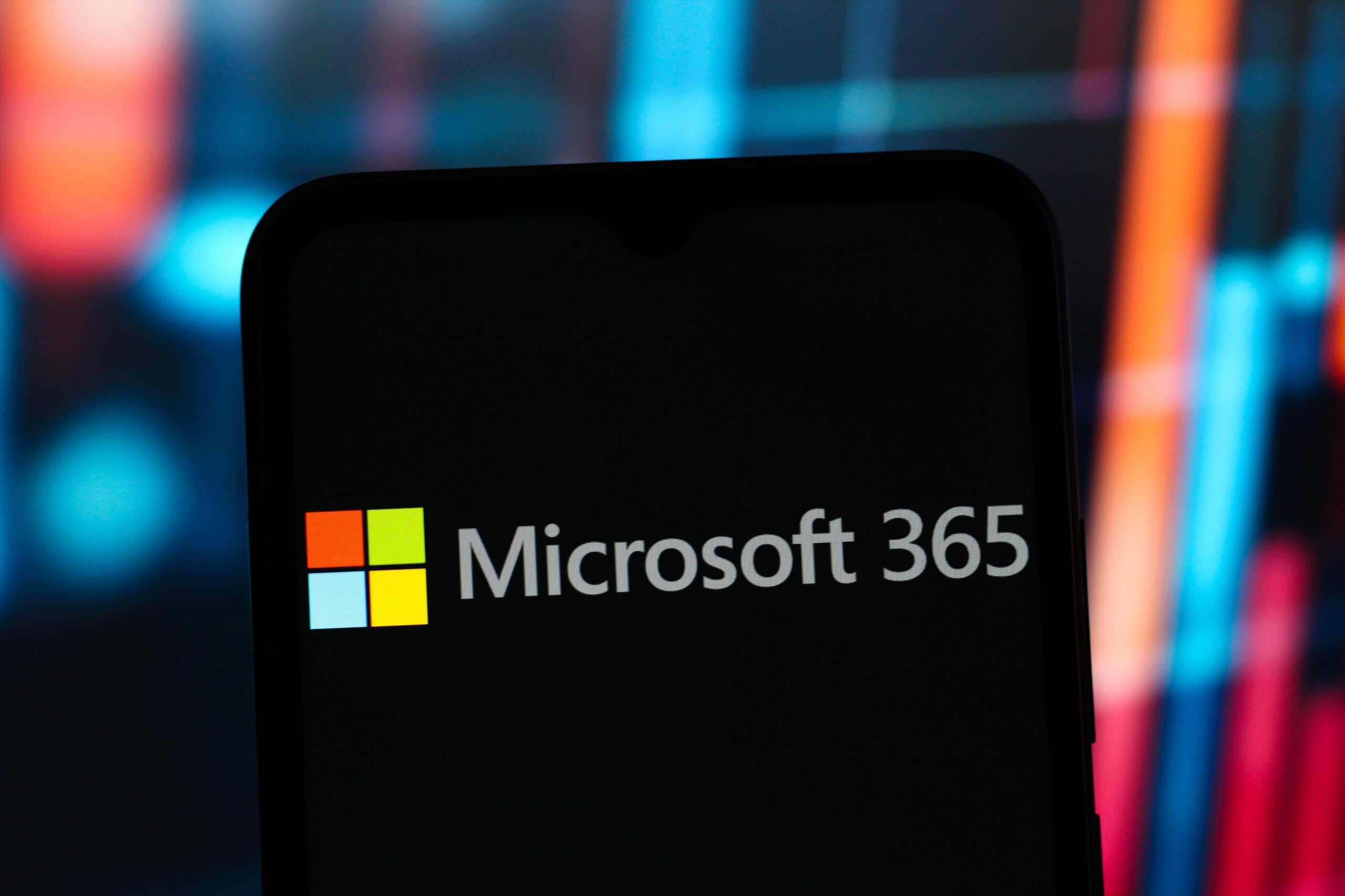
Microsoft suffered a relatively brief but certainly inconvenient outage on Thursday. A number of its popular productivity services went down — most notably its Microsoft 365 software, which includes Word and Excel — causing issues for U.S. employees in the middle of a workday. In addition, users reported problems accessing popular productivity apps like Teams and Outlook.
User-reported issues for Microsoft 365 surfaced on Down Detector around 2 p.m. ET, peaking at 2:30 p.m. ET. (Disclosure: Down Detector is owned by Ziff Davis, which also owns Mashable.) As of about 5 p.m. ET, user-reported issues with 365 had fallen off precipitously.
Is the Microsoft outage over?
In short: Yes, it seems so. Microsoft itself confirmed the problem appeared to be resolved, though it did so in corporate speak.
"We identified that a portion of network infrastructure in North America was misconfigured, resulting in impact," read a statement from its 365 status account on X. "We’ve confirmed after a period of monitoring that rebalancing the affected traffic successfully resolved the issue and service health has recovered."
This Tweet is currently unavailable. It might be loading or has been removed.
An inability to access 365 means big problems for workers, considering it means losing Excel, Word, PowerPoint, Outlook, and OneDrive. It's hard to work without such key services. Reuters also noted that there were earlier reported issues with Microsoft Teams and Exchange Online, two other key work services.
Here's what you need to know about the outage.
What happened to Microsoft 365? The answer lies with Microsoft Azure.
Microsoft's issues on Thursday stemmed from a problem with Azure, the company's cloud platform. The company said there was a problem with its Azure Front Door (AFD) service, which is its content delivery network. That meant customers couldn't access some of their services.
Microsoft said that "a platform issue resulted in impact to the Azure Front Door (AFD) service. Impacted customers experienced intermittent delays or timeouts when accessing their services." Microsoft noted the issue began in Europe, Africa, and the Middle East.
All told, the outage was relatively short-lived. Thankfully, it's nothing like the massive 2024 Microsoft outage that was caused by CrowdStrike. It was a chaotic afternoon for some 365 users, but it all seems to be resolved hours later.
Tech
U.S. regulators investigate Tesla over Full Self-Driving traffic violations

Elon Musk's electric vehicle company Tesla is once again being investigated by federal regulators.
On Thursday, the U.S. National Highway Traffic Safety Administration (NHTSA) announced that it was investigating Tesla vehicles with "Full Self-Driving" (FSD) assistance installed over traffic safety violations.
That's 2.88 million Tesla vehicles that are part of the investigation, as they all have the FSD assistance system installed.
According to the NHTSA, the agency has 58 separate reports involving traffic safety issues with Tesla vehicles that use FSD. This includes 14 crashes and 23 injuries. The traffic violations ranges from FSD-installed Tesla vehicles running through red lights to the EVs driving the wrong way against traffic during a lane change.
The NHTSA's reports include 18 complaints where a Tesla vehicle with full self-driving engaged “failed to remain stopped for the duration of a red traffic signal, failed to stop fully, or failed to accurately detect and display the correct traffic signal state in the vehicle interface.” NHTSA's reports also include six instances when a Tesla with FSD assistance engaged “approached an intersection with a red traffic signal, continued to travel into the intersection against the red light and was subsequently involved in a crash with other motor vehicles in the intersection”.
A Tesla driver in Houston told the NHTSA as part of one of its reports that Tesla's FSD "is not recognizing traffic signals." As a result, Tesla vehicles are "proceeding through red lights, and stopping at green lights."
The NHTSA will also look into how Tesla vehicles with FSD engaged perform at railroad crossings.
Tesla's full self-driving assistance system requires drivers to pay attention to the road and intervene when necessary if FSD is engaged. However, the NHTSA says that Tesla's FSD has “induced vehicle behaviour that violated traffic safety laws," as reported by The Guardian.
The NHTSA's investigation is seen as a preliminary step to a potential recall of Tesla vehicles with FSD engaged.
The NHTSA had already opened a separate investigation into Tesla and its FSD assistance system in October 2024. That investigation's focus is on how FSD performs in "reduced roadway visibility conditions." It was opened after four reported Tesla crashes with FSD engaged, one which turned out to be fatal.
The U.S. agency had also reached out to Tesla over the summer after videos showed Tesla robotaxis violating traffic laws in Austin, Texas.
Tech
Samsung Galaxy XR headset early report: Project Moohan beats Apple Vision Pro in 2 key ways
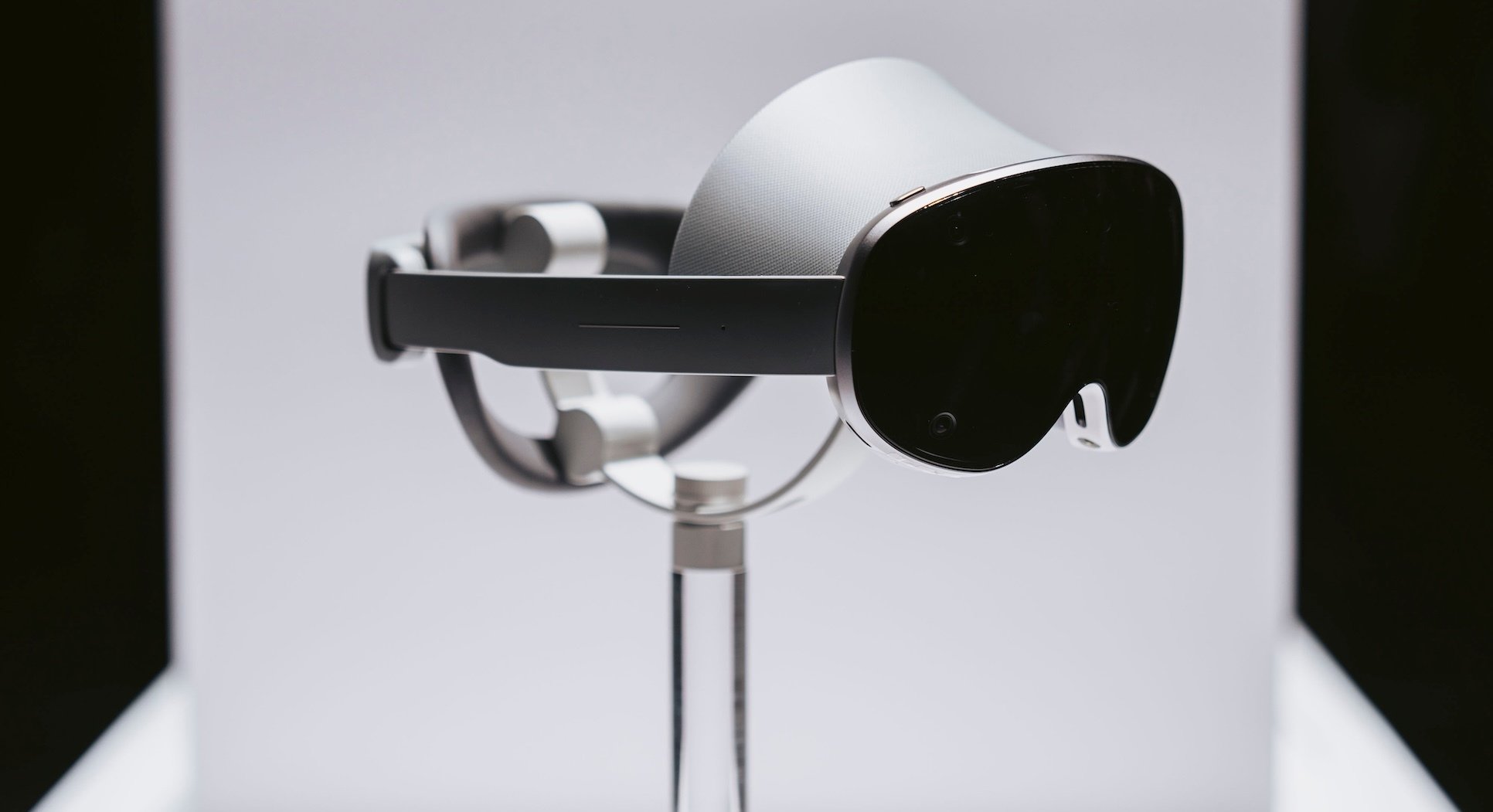
Samsung is staying quiet about it for now. But its mixed-reality Galaxy XR headset, code-named Project Moohan, is expected to launch very soon. Now, one early report suggests it will match Apple's troubled Vision Pro headset in a lot of ways — and maybe even best it in others.
According to Android Headlines, the Galaxy XR's user interface will look very similar to the Vision Pro's UI: a launcher with friendly app icons arranged in a grid over whatever you're seeing. More important is how many pixels the Project Moohan device appears to be displaying, and rumor has it the headset will offer a total of 29 million pixels across both eye displays.
That's 6 million more pixels than the Vision Pro, and around 3 million more than estimated in previous Project Moohan reports — suggesting Samsung is really going to town on besting Apple. With its Snapdragon XR+ second-generation processor, the Galaxy XR headset can reportedly render more than 4K resolution — another knock on the Vision Pro, which isn't quite 4K (the resolution, in pixels per inch, is more like 3.4K.)
Both Samsung and Apple know that device weight is crucial when it comes to headsets. And Samsung seems to have done better than its California rival here, too. While the Apple Vision Pro weighs in at a minimum 600 grams — with configurations up to 650 grams — the Galaxy XR will weigh 545 grams, Android Headlines says. Both devices shave off bulk with an external battery pack.
But is that enough, in either case? As light as Samsung's mixed reality headset reportedly is, the new Meta Ray-Bans weigh one-tenth of that. Meta's decision to focus on glasses, after the lukewarm response to its VR headset-driven Metaverse, is starting to look like a signpost to other tech giants.
No wonder Apple is reportedly focused on building its own smart glasses rather than rushing out a cheaper Vision Pro. Samsung has suggested it is working on Galaxy glasses, too. Which makes one still-unknown metric about the Galaxy XR, its price, so crucial. Previous leaks put the number anywhere from $1,800 to $3,000 — again, a poke at Apple, which can't sell you a Vision Pro configuration below $3,500.
But even assuming Samsung launches Project Moohan on the low end of that estimate, we're still talking a hefty price point. For that amount of scratch, you could buy you a Meta Quest 3 ($500), a pair of the Oakley Meta Vanguard smart glasses (also $500), and Meta's first "AI smart glasses" ($379), plus all the chargers and battery packs you'd need to keep them running all day.
Mixed reality headsets may be great devices for a specific niche (gamers, I'm looking at you). But if Apple and Samsung leadership still see as big a future for them as for the coming wave of smart glasses, they may need their eyes tested.
-

 Entertainment7 months ago
Entertainment7 months agoNew Kid and Family Movies in 2025: Calendar of Release Dates (Updating)
-

 Entertainment4 months ago
Entertainment4 months agoBrooklyn Mirage Has Been Quietly Co-Managed by Hedge Fund Manager Axar Capital Amid Reopening Drama
-
Tech7 months ago
The best sexting apps in 2025
-

 Entertainment6 months ago
Entertainment6 months agoKid and Family TV Shows in 2025: New Series & Season Premiere Dates (Updating)
-
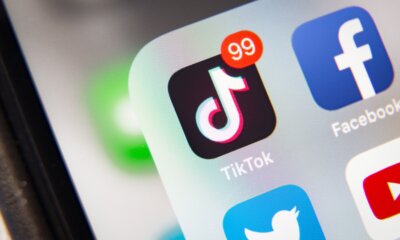
 Tech8 months ago
Tech8 months agoEvery potential TikTok buyer we know about
-
Tech8 months ago
iOS 18.4 developer beta released — heres what you can expect
-

 Tech8 months ago
Tech8 months agoAre You an RSSMasher?
-

 Politics8 months ago
Politics8 months agoDOGE-ing toward the best Department of Defense ever

